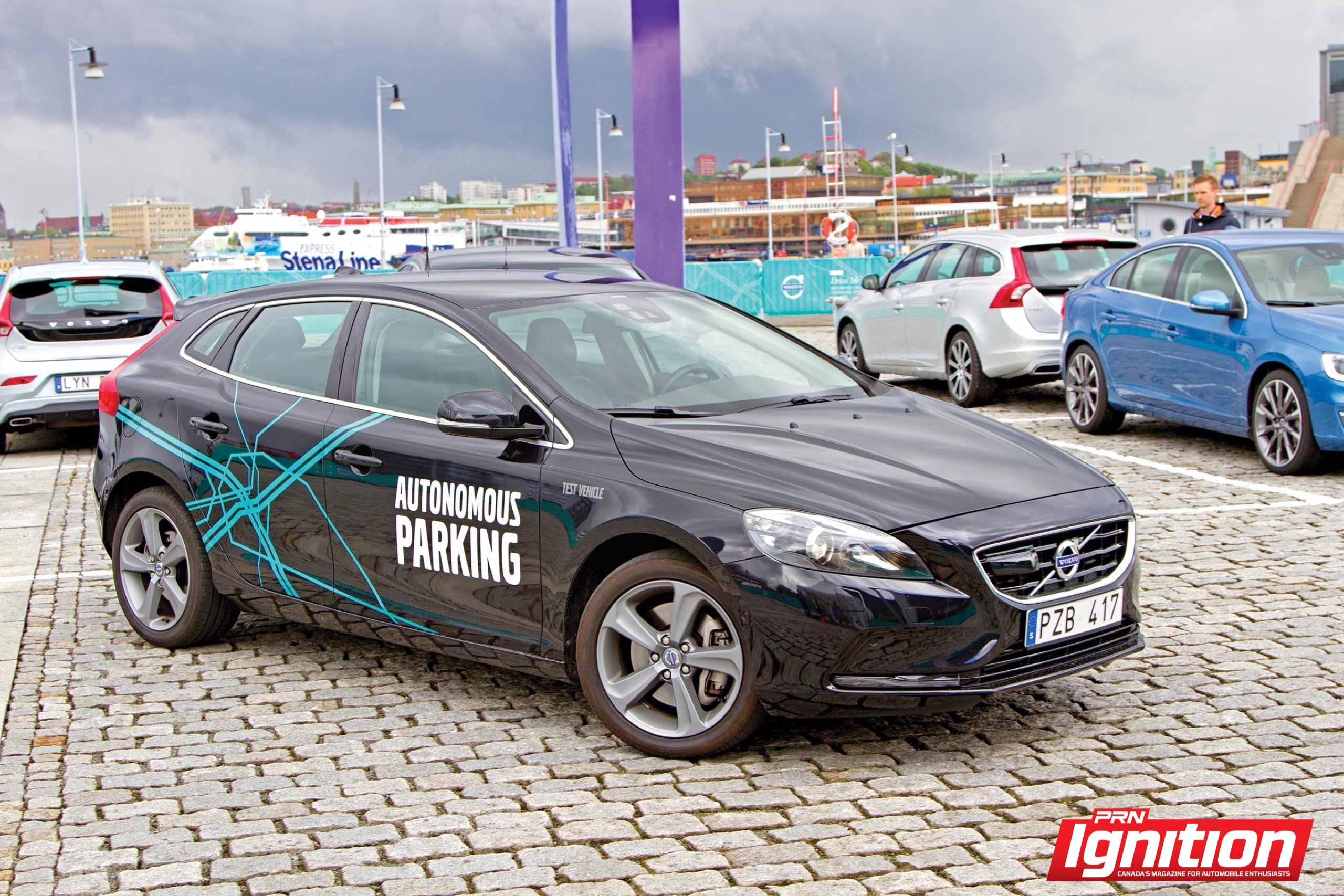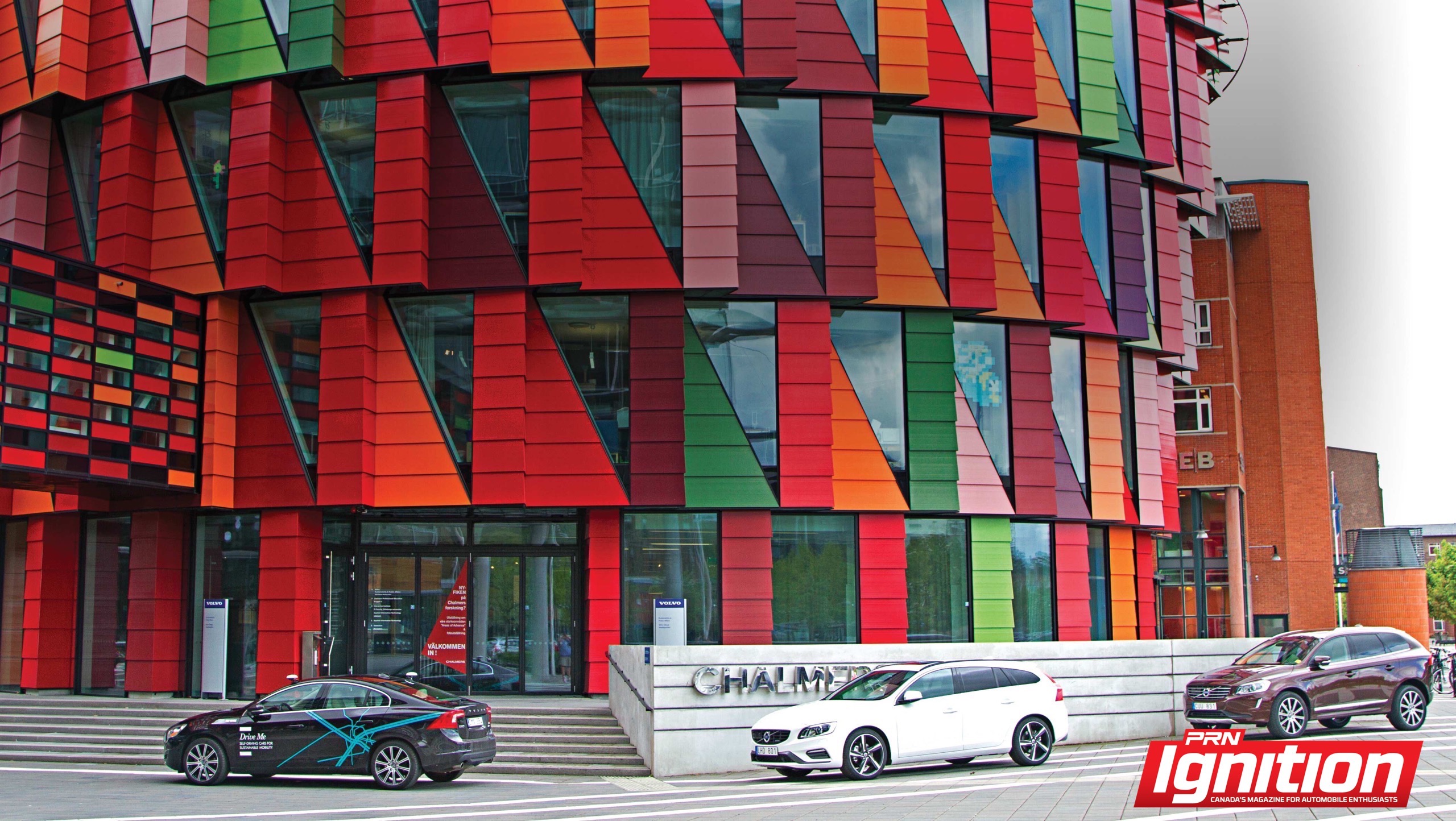
In the mid 1980s, well before the Internet, television viewers were introduced to a character named Michael Knight, portrayed by David Hasselhoff, in a show called Knight Rider. The real star of the show, however, wasn’t the Hoff, it was a Pontiac Firebird named KITT, which thought and drove by itself. It was pretty exciting stuff for many gearheads, myself included.
Over the past couple of years, more and more cars have been appearing with technologies that allow drivers to relax their focus somewhat, in an effort to make driving easier. Adaptive cruise control, which allows a vehicle to make its own adjustments to the speed of traffic was just the beginning, gradually making way for cars that will also steer themselves to stay in the middle of a lane.
Several auto manufacturers have been working on developing their own autonomous driving technologies, most of which seem to be advancements of these technologies. Only two companies, however, seem anywhere close to a real world application.
The first, somewhat unexpectedly, is technology giant Google, who are working on a self driving car the company says will not have a steering wheel. Seemingly more in line with reality is Volvo, which already has several test vehicles circulating the roads of Gothenburg, Sweden. In fact, Volvo has launched a program called ‘Drive Me,’ which is a plan to put 100 autonomous vehicles into the driveways of Swedish consumers by 2017. The company recently invited me to Gothenburg to drive (not drive?) its autonomous car. Would I enter an address on a navigation screen? Would the car have a steering wheel? I really had no idea what to expect.
In fact, Volvo has launched a program called ‘Drive Me,’ which is a plan to put 100 autonomous vehicles into the driveways of Swedish consumers by 2017. The company recently invited me to Gothenburg to drive (not drive?) its autonomous car. Would I enter an address on a navigation screen? Would the car have a steering wheel? I really had no idea what to expect.
What I found when I arrived at the Chalmers University research centre, was a rather normal looking Volvo S60 with a couple of funny little antennae attached. During a quick briefing, Marcus Rothoff, Volvo’s director of autonomous driving explained the rationale behind the company’s self driving car. It was not what I expected to hear.
“Volvo is in tune with drivers who want to read the newspaper, check their smartphones and exchange emails or texts while driving.”
The company has long been a leader in motoring safety, but it is positioning its autonomous cars as a way for motorists to be more productive rather than extol obvious potential safety benefits.
Volvo works closely with the Swedish government when developing new technologies and Dr. Anders Lie, a traffic safety expert with the Swedish Transport Administration, told me there are several infrastructure-related benefits to autonomous cars. The development of future roads, for example, could be more cost effective as lanes could be made narrower by eliminating the human error element of driving. Also, parking structures could be more efficiently packaged, without the need for pedestrian safety or even space for car doors to open.
The Drive Me project actually involves two types of car at the moment. A Volvo V40 that has been outfitted to park itself is the closest in operation to the KITT model, and with the press of a button on a smartphone app, the car starts looking for the nearest parking spot. Perhaps more reliable than a valet service, a press of a button also summons the car back to the same spot where it dropped off its passengers.
The Drive Me project currently takes motorists through a 50 km loop through the city of Gothenburg’s busy commuter area.


Inside, the car looks remarkably close to a current, production model. The only visible difference is a button to toggle between manual and autonomous drive modes. So, how does it all work? Well, it isn’t really all that different from the technologies I mentioned above for cruise control and lane departure warnings. The application just bumps it to the next level. Simply put, pressing the ‘Autonomous’ button allows the car to stay in the lane the driver has chosen, at the chosen speed, while making changes for curves in the road and traffic flow. In theory, this should allow a driver to pay attention to something else besides driving.
 The system currently has some limitations, the most pressing of which is inclement weather. Even in rain, the system cannot consistently “see” road markings, which are what allows it to stay on course. It was pouring rain for most of my ride, so I saw firsthand just how easily the car can lose its way. However, a simple correction from the driving passenger is all that is needed to continue on driving normally until the system can find its way again.
The system currently has some limitations, the most pressing of which is inclement weather. Even in rain, the system cannot consistently “see” road markings, which are what allows it to stay on course. It was pouring rain for most of my ride, so I saw firsthand just how easily the car can lose its way. However, a simple correction from the driving passenger is all that is needed to continue on driving normally until the system can find its way again.
While many safety advocates feel that all of these modern driving aids are needed to keep drivers safe, I have long held the belief that they actually create lazy drivers to the detriment of everyone else on the road. But in a time when many motorists seem to consider driving more of a chore rather than it is a pleasure, perhaps Volvo’s outlook on autonomous driving makes sense.
If drivers of today (and tomorrow) don’t want to drive, or would rather be doing something else with their time, perhaps removing some of the more mundane parts of the task is the answer. At the very least, it might help Volvo sell cars to those who might otherwise choose not to drive.
Now if Volvo would just black out the chrome trim and add some red transitioning LED lights in the grill, my dream of a modern Knight Industries Three Thousand would be one step closer to reality.






















